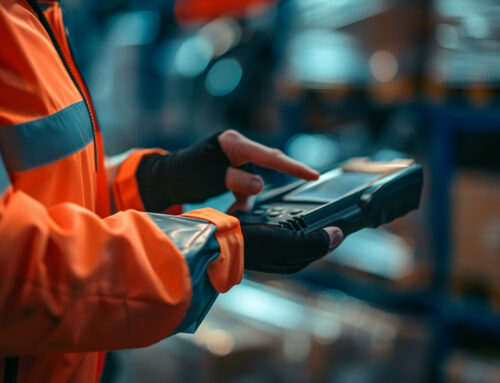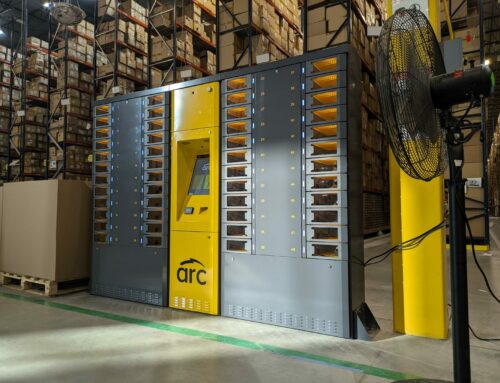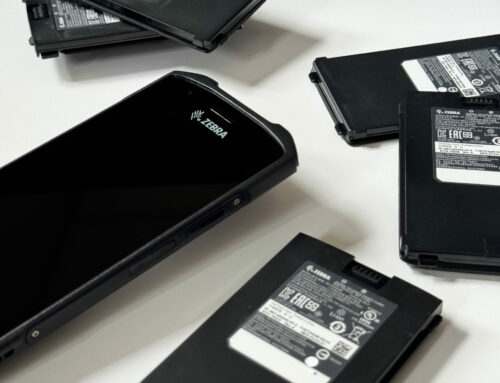Evaluating Retail Technology ROI

The retail industry is abound with digital innovation, with brick-and-mortar stores rapidly adopting retail technology tools, services and gadgets in order to become a more relevant part of the consumer’s day. Emerging retail technologies are poised to make a splash among retailers in 2016, but not all serve the same purpose.
While ROI is usually the main factor behind the deployment of these emerging technologies, some also integrate other marketing goals as well. For example, Luxury retailer Neiman Marcus is investing in a variety of mobile and retail technologies to provide a seamless omnichannel shopping experience and delight its in-store customers. High-tech “memory mirrors” were recently integrated into its department stores, helping customers visualize their outfits from 360 degrees. In addition to solving a nagging customer pain — Does this outfit make my butt look big? — the memory mirror also serves as a means to collect customer emails. Shoppers can share their 360 degree memory mirror images with their friends via email, allowing Neiman Marcus to communicate additional offers.
“Neiman Marcus always puts a priority on enhancing our customer experience. The initial introduction of the memory mirrors resulted in an immediate and positive reaction, and we are looking forward to delivering this and other unique experiences to our customers,” said Wanda Gierhart, CMO, Neiman Marcus Group.
Another common retailer need is that of tracking inventory. RFID, or radio-frequency identification, has been around for years, but is now seeing some interesting new applications in retail. RFID tags can give big-box retailers like Target and Zara up-to-the-second inventory information which facilitates same-day delivery fulfillments and offers faster checkout for “click-to-brick” shoppers. Online customers also enjoy peace-of-mind knowing that the item they saw online is waiting for them at their local store. When RFID tags can result in a 60% decrease in online order cancellations, the benefits can certainly outweigh the hefty price tag of the technology.
Other technologies like phone charging stations deliver powerful multi-purpose solutions that many retailers and customers need. With consumers increasingly dependent on their mobile phones for just about everything, charging stations are a practical amenity that help provide a stress-free shopping experience.
“Offering phone charging services is a great manifestation of customer centricity,” said Wharton Professor of Marketing Peter Fader. “It’s not just discounts. It’s something tangible and value enhancing, and that’s the thing that puts the customer-retail relationship over the top.”
What’s more, an independent study shows that phone charging kiosks can have a direct impact on a retailer’s sales, boosting customer dwell time by 2.5x and basket size by 29%.
Finally, what is perhaps the greatest ROI a retailer can earn from these emerging technologies is data. Data analytics from tools like beacons, virtual showrooms and even charging stations are in high demand in the retail space. Stores are increasingly turning to these retail tech tools to answer important customer demographic and behavior questions like: Where do my customers live? What is their average household income? What time of day do they like to shop? Or what’s their favorite product in our store? Gathering these essential insights will enable retailers to create marketing campaigns and offers that are tailored to the needs of their individual customers.
“Once you figure out who your valuable customers are,” explains Fader, “offer them an attractive set of products and services that may not necessarily directly impact your bottom line, but keeps them coming back to your store and staying longer so you can surround yourself with the best kind of customers.”
Forward-thinking retailers can weave these technologies into stores to increase customer satisfaction with value-added services, integrate online and offline sales channels, and collect valuable customer data. Ultimately, it’s not about what cool new technology your store is using, but what cost-effective, high ROI tool you’ve implemented that advances your marketing and sales goals for your most valuable customers.
(This article was originally written by Doug Baldasare and published on Chain Store Age)








